Oriya Matrimony
by iMarriagesmatrimony site for Oriya speakers.
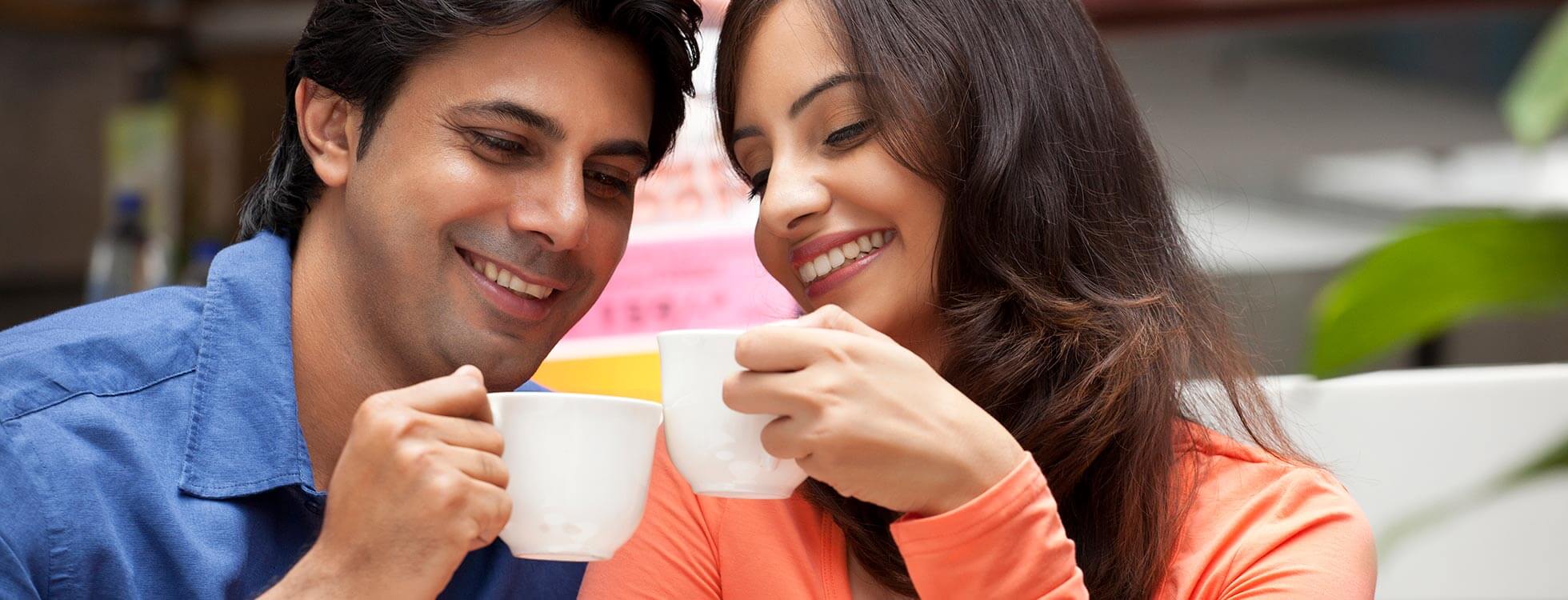

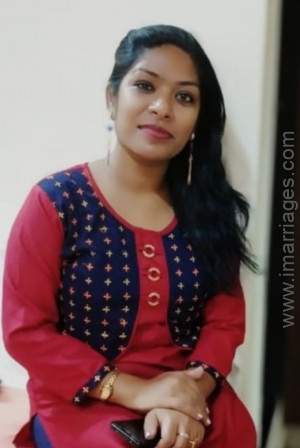
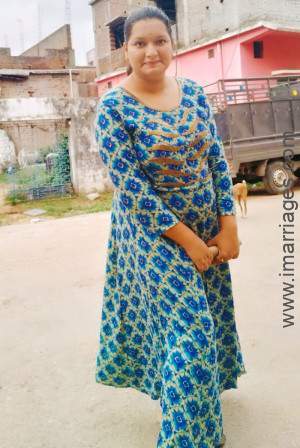
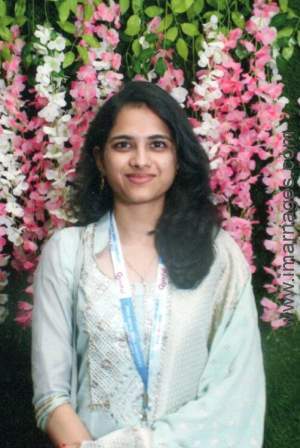
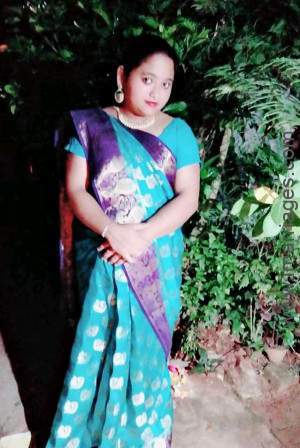

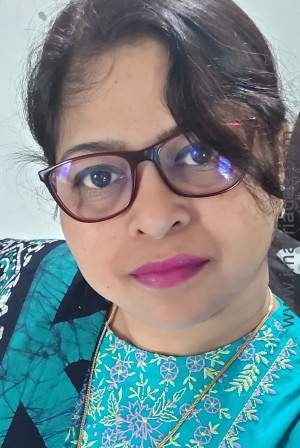

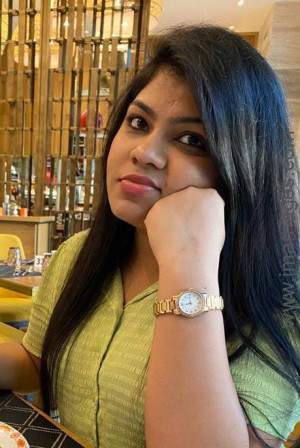

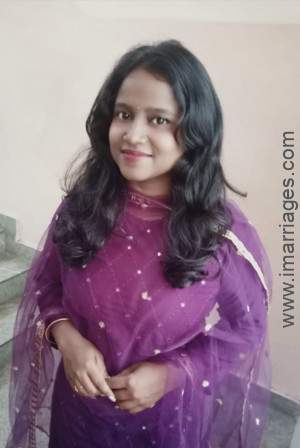
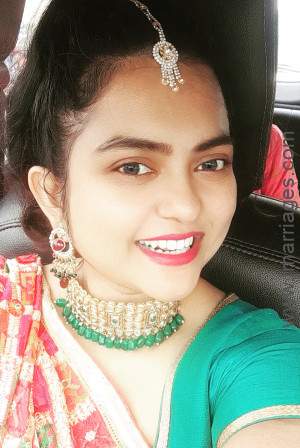
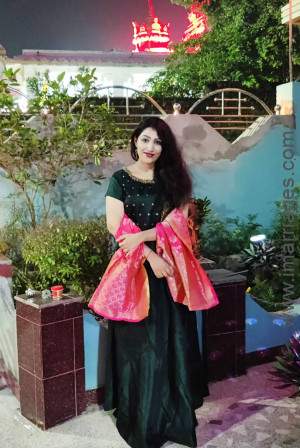
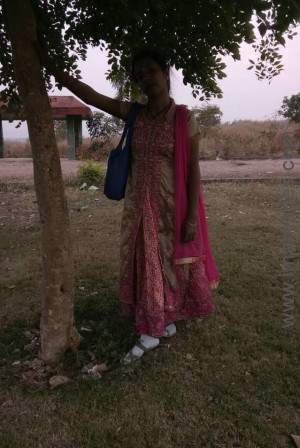
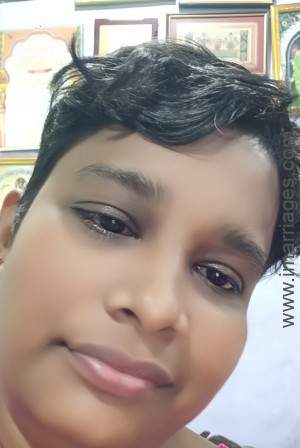

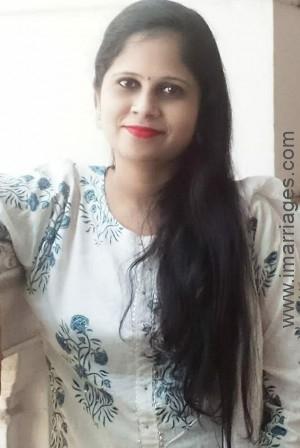
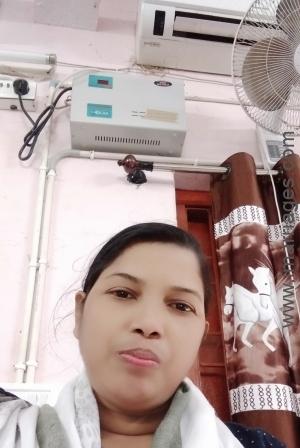

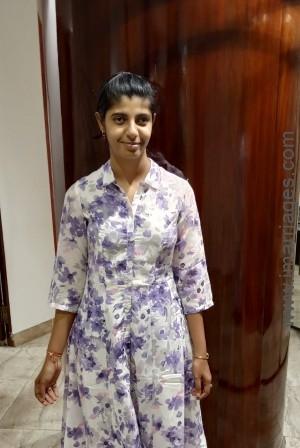
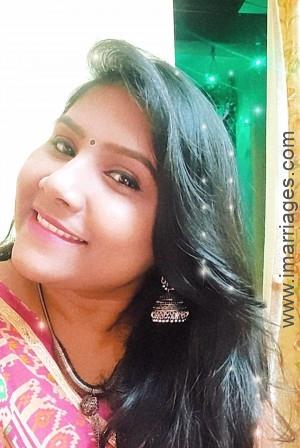
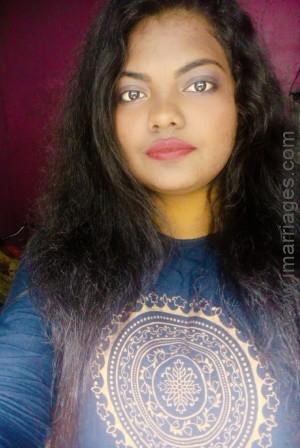

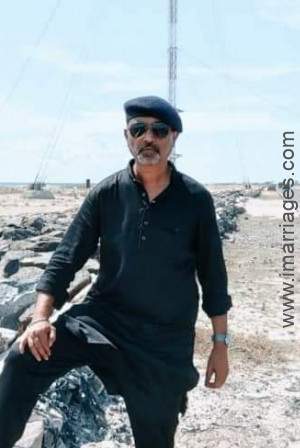
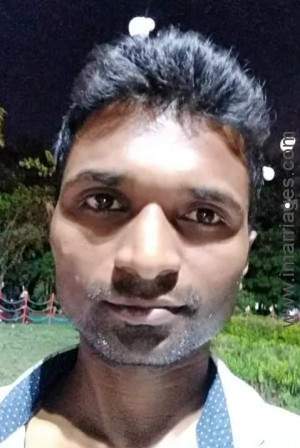

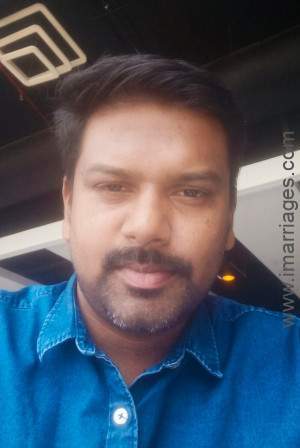


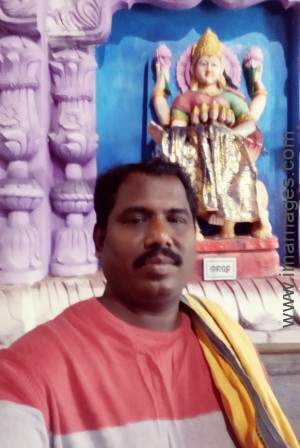
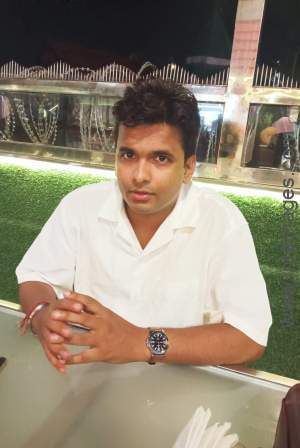
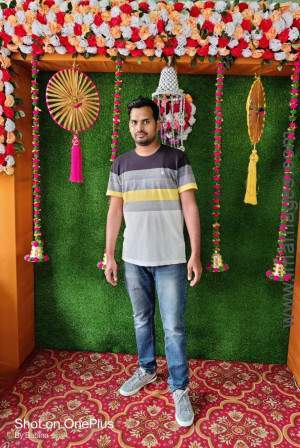
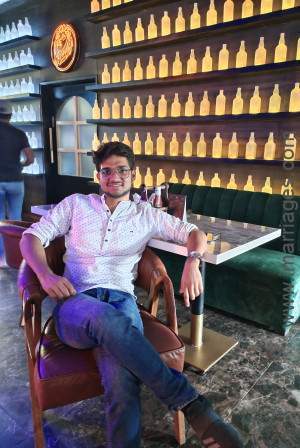
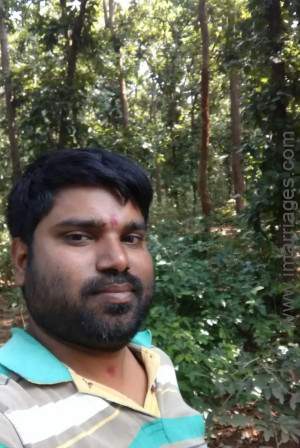

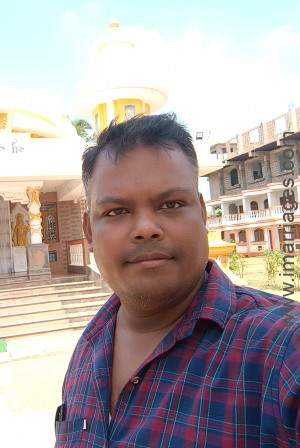
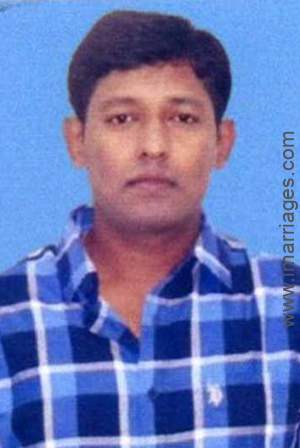
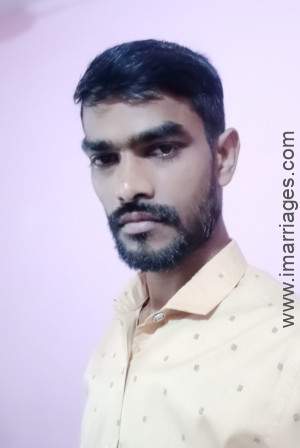

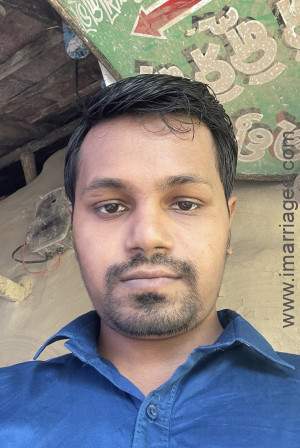
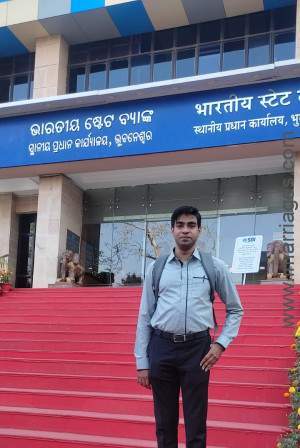


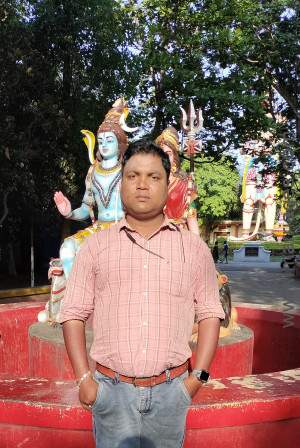
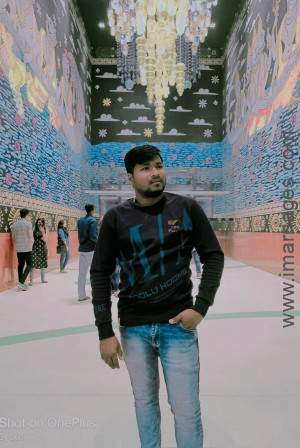
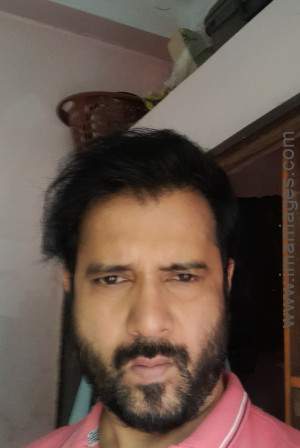
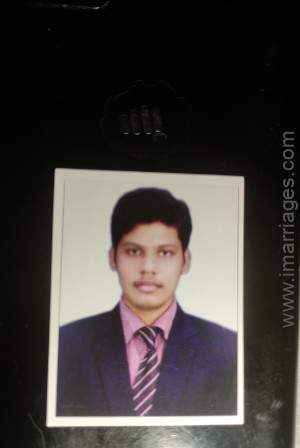
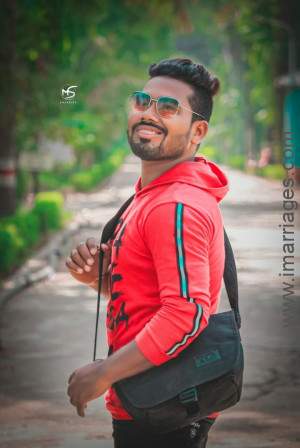

Welcome to Oriya Matrimony by iMarriages, a free matrimony portal for Oriya (ଓରିଯ) speaking brides and grooms in Odisha and elsewhere.
Beautiful bride in Sambhalpuri silk,
the consummation starting with saffron milk…
the pole star, the vermillion and conch shell bangles,
witnesses the knot of heart entangled…
simple people and traditions so pure,
Oriya marriages are mesmerizing you for sure…
Oriya matrimonial is marriage ceremony of Orissa. Orissa is located on the east coast of India and is blessed with mesmerizing beauty by the Mother Nature. The simplicity in their lifestyle is also reflected in their marriage ceremonies.
The wedding is considered as a heavenly affair and is sanctified with many rites and rituals. Just like the other Indian weddings, Oriya weddings are also a prolonged occasion having pre-wedding, wedding and post-wedding rituals.
The absence of groom's mother and other elderly women from main wedding ritual is one of the unique features of Oriya matrimony. Marriages can take place at daytime in case of Brahmins while it is observed at night in non-Brahmins.
Let's talk in detail about the main rituals taking place on pre-wedding, wedding and post-wedding days.
Pre-Wedding Rituals
Nirbandh: They prefer to arrange marriages and matches that are searched either by matrimony portals or brokers within the community. Once a suitable match is found, horoscope is matched and in case of matching of horoscope, a date for Nirbandh (formal engagement) is fixed. On the day of engagement instead of an exchange of rings, it is the elders of the family who meet at Bride's home and give each other words that they will marry their children. This is known as Vak Nischaya. Gifts are also exchanged between the families.
Jayee Anukolo: The Jayee Anukolo accounts for the distribution of wedding cards which formally announce the wedding to the community. The first invitation card is presented before Lord Jagannath, (the supreme deity for Oriya people), preferably at his main temple at Puri. This is known as Deva Nimantrana. The second invitation is presented to the maternal uncle's families, for both the bride's and the groom's sides. A member of the family visits personally presents the along invitation card with a betel leaf and betel nut. This is known as Moula Nimantrana. The third invitation is presented to groom's family by bride's father. This is known as Jwain Nimantrana. Then the rest of the weddings cards are distributed to other relatives, friends, and acquaintances.
Mangan: This is similar to the "Haldi" rituals observed in other parts of the country. It is observed a day before marriage. A turmeric paste and the paste is applied on the bride/groom's hands and feet by seven married women, one of which must be the sister-in-law. This is followed by bathing of bride and groom by holy water.
Jairagodo Anukolo: During this ceremony, a holy flame is lit either in form of an oil or ghee lamp or in the form of a havan. This flame is considered auspicious for marriage and has to be kept lit till all the wedding rituals are completed.
Diya Mangula Puja: This ritual is to seek blessings from the village goddess (known as Gramdevti) to ensure a happy and long married life. It involves the offering of prayers and conducting a puja at the local temple. The bride's whole wedding attire including her saree, toe rings, bangles and a container of Vermillion, is offered to the Goddess for her blessings. This ritual is generally done through the local barber's wife.
Nandimukha: This ritual takes place at the home of both the bride and groom. During this ritual, the respective fathers pray to the ancestors to shower their blessings on the couple.
Wedding Day Rituals
Barjaatri: The groom and his party known as Barajaatri, reach the wedding venue where they are welcomed by the bride's family. A traditional arti of the groom is performed by the mother-in-law. This is followed by washing his feet with tender coconut water and feeding him a concoction of curd, ghee, sugar, and honey.
Baadua Pani Gadhua: After the arrival of the groom the bride is taken for a ceremonial bath that is known as Baadua Pani Gadhua.
Kanyadaan: After the arrival of the bride and groom on stage, the Kanyadaan ceremony begins. The bride's father takes her right hand and places it on that of the groom and their hands are joined through a garland of mango leaves. This is known as Hatha Granthi Fita and marks the father giving away her daughter to the groom as a lifetime responsibility. After this, a holy fire is lit and the couple makes seven round around the fire. These rounds symbolize the seven sacred oaths of marriage taken by the couple.
Saptapadi: Seven mounds of rice representing seven hills (saptakil parvatas) are then placed on the ground, which the bride crushes with her right foot. These mounds are a symbolic representation of all the hardships the bride has to face during her married life.
Lajahoma: This ritual is to please the god of fire so that the couple may receive his blessings. The Khai or Laja, (a type of pupped rice) is provided to the bride by her brother, which is then offered to sacred fire.
Sindoor Daan: The bride and groom watch for the pole star. Upon sighting, the groom applies vermillion powder to the bride's hair parting and slips on conch shell bangles on her hands. This is ritual marks the wedding complete.
Post-Wedding Rituals
Kaduri Khela: After the wedding rituals, the couple play traditional games with small, white, shiny shells called kaduri. The ritual is literally known as Kaduri Khela.
Sasu Dahi-Pakhala Khia: The groom sits on the lap of his mother-in-law as she feeds him Pakhala or cooked rice soaked in water with curd along with Baigan poda (mashed grilled eggplants with spices).
Bahuna: This ritual symbolizes the pain of the mother as she waves a goodbye to her daughter. She sings traditional ‘Bahuna' songs. Other female relatives also join her in her lament.
Gruhaprabesha: The bride reaches her new home and is given a warm welcome by her mother-in-law. She enters the house by using her right foot to overturn a pot of rice which is placed on the door step.
Chauthi/Basara Raati: This marks the start of the married life of the couple. It is performed on the fourth day from the wedding and starts with a puja during the daytime. This is followed by roasting a coconut which is fed to the couple. After this, the couple spends their first night together as husband and wife. As per Oriya traditions, the marriage is considered complete only after consummation.
Asta Mangala: On the eighth day of the wedding, the bride and the groom visits the bride's paternal home. This marks the end of all wedding rituals in Oriya traditions.